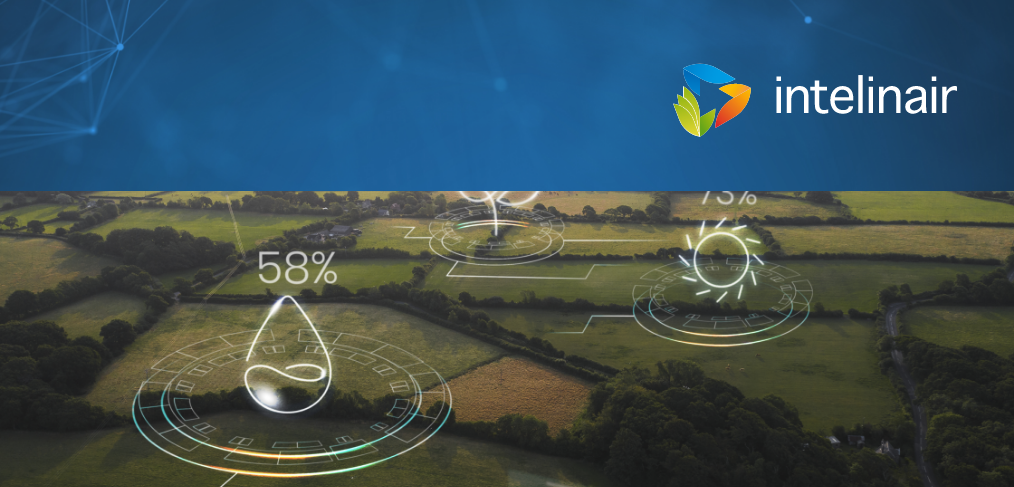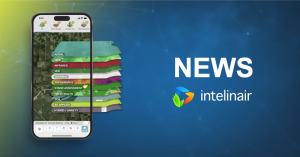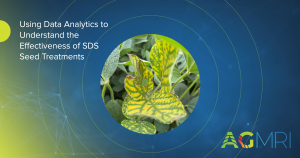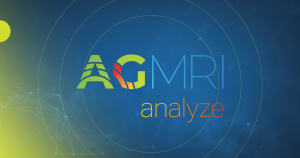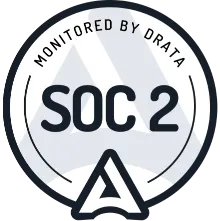In today’s rapidly evolving agricultural landscape, making informed management decisions is more crucial than ever. Farmers and agribusinesses face a wealth of data—from soil health and crop performance to weather patterns and market trends—but without the proper tools, this data can be overwhelming. This blog will explore how AGMRI’s data capabilities bridge this gap by turning complex data into actionable insights and trends to guide management decisions.
1. Predictive Analytics for Proactive Management
While real-time data helps farmers make immediate decisions, predictive analytics allow them to plan ahead. AGMRI’s predictive tools analyze historical and current data to forecast future conditions, helping farmers anticipate challenges before they arise.
For example, AGMRI’s predictive models can assess factors like soil health and crop performance to forecast yield outcomes. This enables farmers to plan their operations accordingly, whether adjusting planting schedules, optimizing resource allocation, or determining the best hybrids to grow. By anticipating potential issues, AGMRI allows farmers to proactively protect yield potential.
2. Improved Resource Allocation with Data-Driven Insights
Effective resource allocation is one of the cornerstones of good farm management. Whether it’s labor, fertilizers, or equipment, managing resources efficiently can significantly impact a farm’s profitability. AGMRI’s data analysis tools help farm managers allocate resources more effectively by providing real-time insights into usage patterns and needs.
For instance, by analyzing crop performance in different parts of the field, AGMRI can recommend targeted applications of fertilizers and fungicides, ensuring inputs are used where they’re most needed. This targeted approach helps improve efficiency, and ultimately maximize return on investment (ROI).
3. Performance Tracking and Monitoring Progress
AGMRI also helps farm managers track key performance indicators (KPIs) and monitor the success of their operations over time. By continuously analyzing data on emergence, crop yields and other factors, AGMRI enables managers to assess how well their strategies are working and identify areas for improvement.
For example, suppose a farm’s yield for a particular crop is lower than expected. In that case, AGMRI’s analysis tools can dig deeper into the data to determine the underlying causes, whether it’s poor soil conditions, emergence, or disease issues. Armed with this knowledge, farmers can adjust or change their practices to boost future performance. Furthermore, by comparing performance data across different seasons or field conditions, AGMRI can help farmers identify trends and patterns that can inform and plan for future management decisions.
4. Enhanced Collaboration and Communication
Effective management decisions often require collaboration among multiple team members and advisors. AGMRI’s data analysis platform facilitates better communication by providing a shared, centralized system where all relevant parties can access the same up-to-date information. This ensures everyone involved in the decision-making process is on the same page.
For example, a farmer, crop consultant, and retail partner can all review data from the same dashboard. This collaborative approach improves decision-making by ensuring that all stakeholders are working with the most current and comprehensive data.
5. Strategic Decision-Making
AGMRI’s data analysis tools can identify potential risks early on, whether it’s a weather event that could impact crop growth or the early signs of a disease outbreak. By analyzing data from multiple sources, AGMRI allows farmers to make informed decisions.
Conclusion
AGMRI’s data analysis capabilities change the way farmers make management decisions. AGMRI Analyze easily and accurately identifies potential impacts on yield and complements the AGMRI Insights in-season analytics offering that monitors fields and provides agronomic insights for real-time data-driven decision-making.
Our goal is to make technology simple to use with analytics that find the answers to tough questions – What is the problem and how do I fix it? AGMRI Analyze is a big step in that direction.
How does it work?
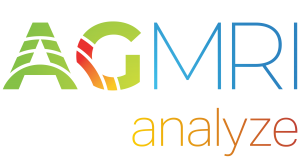 AGMRI Analyze measures a variety of factors to provide a fresh perspective of areas that may have impacted yield and helps inform data-driven decisions. Analyze combines AGMRI insights, machine data, and more into a comprehensive set of reports that can be easily viewed and analyzed.
AGMRI Analyze measures a variety of factors to provide a fresh perspective of areas that may have impacted yield and helps inform data-driven decisions. Analyze combines AGMRI insights, machine data, and more into a comprehensive set of reports that can be easily viewed and analyzed.
Analyze evaluates the following:
- Emergence Impact
- Nutrient Deficiency
- Crop Stress
- Hybrid and Variety Performance
- Management Practice Impact
- Soil and Environmental Impact
- Weather Impact
- And More
Users can track metrics like yield forecast and premature death for all fields as harvest approaches. This allows users to get an in-depth look at how each field performed and gain valuable insights into soil productivity, weather patterns, hybrid data, and more.
Contact us for more information about AGMRI and its data analysis capabilities.

